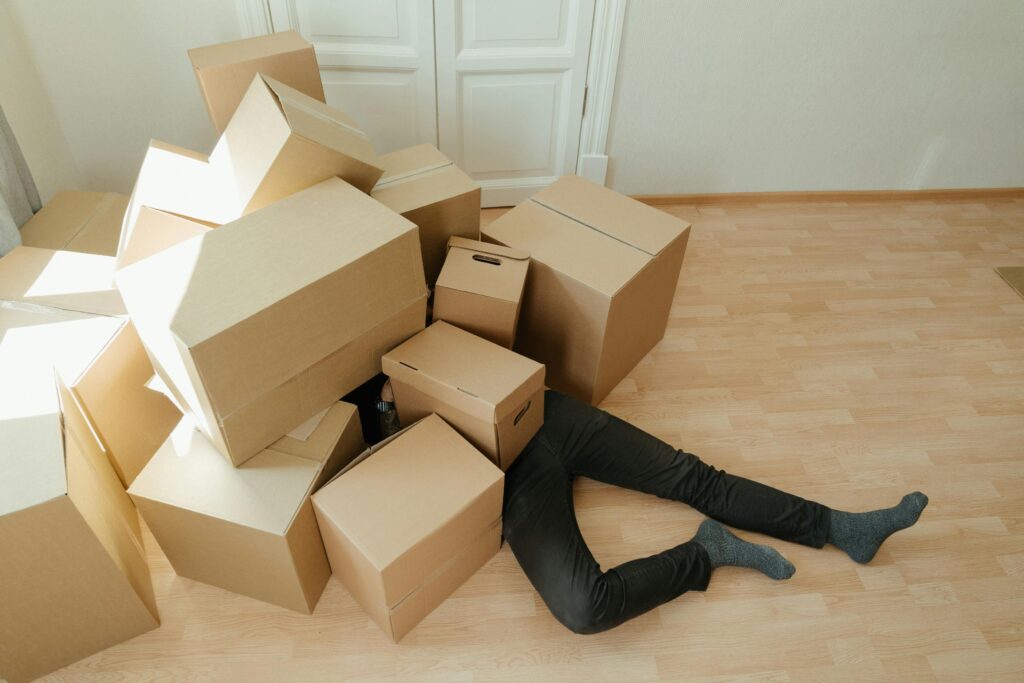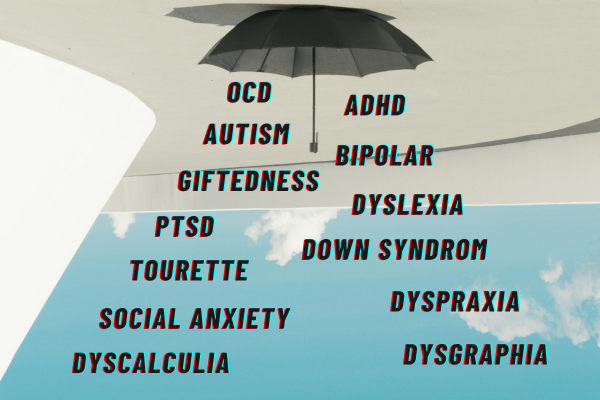
SPACE: Everything Needs A Home
It’s basic. Maybe even annoying to hear — because deep down, you already know it needs to be done. But you’ve been avoiding it.
Yep. You need to declutter.
Replacing your kitchen? Time to empty those cabinets and toss anything past its expiry date.
Adding a bathroom to your basement? Not before you find a new home for whatever’s buried in those storage bins.
For years, my husband and I made the decision not to decide. We kept everything that was given to us simply because it felt too hard to figure out what to do with it. In our petite home, the clutter quietly took over — and after we had kids, it got completely out of hand.
Recently, we decided enough was enough. We wanted every item to have a home — a spot it could return to after being used. But to make that happen, we had to seriously declutter and commit to keeping only what we actually use.
It took a mindset shift to finally get it done. Here’s a quick look at how we tackled each area of our home:
Clothes, Shoes & Accessories
Keep what fits and actually brings you joy — not guilt, not “maybe someday,” and definitely not trends you don’t even like. If something no longer serves you, let it go with gratitude. You got to wear it, love it (or not), and now it’s time for someone else to make new memories in it.
Actually… what are we all doing with our used wedding dresses these days? Mine has been hanging in my childhood bedroom for the past 12 years. Just… existing.
Small Kitchen Appliances
If you haven’t used it in the past two years, it’s probably safe to say it can go. Be honest — if it didn’t earn a spot in your regular routine by now, it’s just taking up space. If you’ve got the time and patience, try selling it online. If not, donate it and reclaim your space.
Toys
When the kids were younger, I’d quietly hide any toy they weren’t playing with to see if they’d notice. If months went by and no one asked about it (out of sight, out of mind works on me too), we’d donate it — the toys, not the kids.
Now that they’re older, we usually ask if they’re ready to part with something. Usually. Sometimes I just make the call for them. I know that sounds bad, but they love holding onto the most random things, and it gets overwhelming fast. Plus, cleaning toys is a job in itself — the fewer we have, the easier life is.
That said, this part can be emotionally loaded.
You’re asking small humans, who haven’t exactly mastered emotional regulation, to say goodbye to something they once adored. Godspeed.
The universe has a twisted sense of humour — as I was writing this, my eldest handed me my childhood ragdoll (handmade by my aunt to look like me!) and said she and her sister didn’t want it anymore. Rude.
Books
We cleared a surprising amount of shelf space just by letting go of books we no longer needed. Old textbooks we’ll never crack open again, storybooks the kids have outgrown — all gone to better homes.
Let’s be honest: if I need to remember how to fold a fitted sheet, I’m not flipping through my 10-pound Martha Stewart book anymore. That’s what the internet is for.
We also love the library and borrow most books which helps with the clutter.
Miscellaneous Items
Save the “I don’t know” items for last — by that point, you’ll be so over decluttering that you’ll say yes to tossing just about anything. When in doubt, put it straight into a donation box and pop it in your trunk before you have time to second-guess yourself. Out of sight, out of mind works like a charm.
We gave most of our extras away, which felt good — knowing things were going to new homes instead of a landfill. If you can, do a little research into where you’re donating. Places like The Salvation Army Thrift Store and Goodwill are charities, while Value Village is a for-profit business. If you have a DSW near you, they accept pre-loved shoes in exchange for reward points that you can either put towards the purchase of a new pair of shoes, or you can donate your points to charity!
Final Thoughts
Decluttering isn’t a one-time thing — it’s ongoing. The more you bring into your home, the more you’ll need to let go of to keep the balance. Less stuff in your space usually means less chaos in your brain.
Honestly, I think every living creature on Earth could benefit from ending our obsession with shopping hauls, plastic doodads, and instant delivery addictions… but that’s a rant for another day.

SELF: What It Means To Be Neurodivergent
Neurodivergent – It’s a term used to describe people whose brains work differently from what’s considered typical. These differences might show up as learning disabilities, medical conditions, or other ways of thinking and processing the world. Alongside the challenges, there are often unique strengths like strong memory, being able to visualize 3D spaces easily, or doing complex mental math without much effort.
“Neurodivergent” isn’t a medical label, you can’t be diagnosed as being neurodivergent — it’s a more respectful and accurate way to describe how people’s brains work without calling them “normal” or “abnormal.” Because really, there’s no one definition of a “normal” brain.
Neurodivergent is an umbrella term, meaning it includes a wide range of brain types and ways of experiencing the world. The graphic below only lists a sample of what is covered under the umbrella. I’ve noticed that there is sometimes confusion or even gate-keeping for who can call themselves neurodivergent, but I’m here to say – if you say you’re neurodivergent, then you are.

The opposite of neurodivergent is “neurotypical” — that just means their brain functions in a way that fits the expected mold.
Whether you’re neurodivergent or neurotypical, we are all neurodiverse, meaning just like fingerprints, no two brains are exactly alike. Even identical twins don’t think or experience the world in exactly the same way.
There’s no “right” way to think, feel, or process life. Human brains are incredibly diverse, and every neurotype brings its own set of strengths and challenges.
As this is my first attempt at writing a blog, I’d really love your advice — what landed, what didn’t, and what you’d like to hear more about. Got a topic in mind or a question you’ve always wanted to ask a designer (or a fellow neurodivergent human)? Send it my way! Your suggestions will help shape this space.